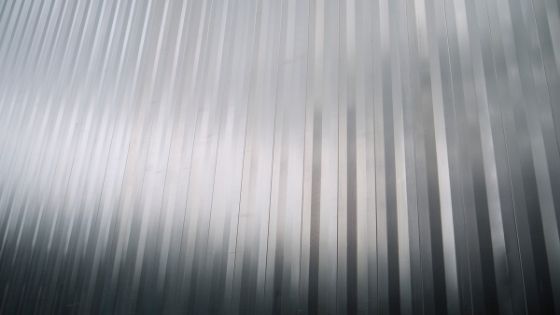The sidings are among the most important features of a home. Installing the right kind will not only make your exterior more visually pleasing but also protect your house from harsh winds, snow, and other elements. For these reasons, many people request services from a home improvement contractor to set up the best siding materials for their residences. In many cases, they choose among these options:
Vinyl
Vinyl is among the staple materials for house sidings in the US, and part of the reason for that is its affordability. But this material has a lot more to offer aside from its low price. Its durability, for example. Even with minimal maintenance, vinyl will surely last for many years, so you do not have to worry about replacing it too quickly. And since it is primarily made of plastic, it won’t decay or get damaged even if it gets exposed to moisture.
There is a wide selection of colors and designs for this material, too. This means that you can choose vinyl panels that will surely complement the exterior of your house.
Wood
Famous for its classic appeal, wood is often used to achieve a vintage and rustic aesthetic. Many homeowners love this because it is incredibly easy to install and lasts for a long time if properly maintained. Also, there is a wide selection of wood materials to choose from, including the following:
- Pine – Pine is one of the most affordable options, so it is the right choice for homeowners on a tight budget. Apart from that, it is extremely durable and is not easily infested by wood-boring insects. If well taken cared of, pine sidings last for many years.
- Cedar – Cedar is a rot-resistant hardwood. It won’t decay easily even if it is exposed to moisture and outside weather elements. It also has a natural grainy look, which is often highlighted by a light varnish or stain finish.
- Spruce – Another popular choice among homeowners, spruce is a kind of softwood that comes at a very low price. Its lumbers are quite short, which makes them fairly easy to install. The downside, however, is that moisture tends to seep through the small spaces where the boards connect, so you need to apply sealant frequently. This prevents the wood from decaying.
- Fir – Fir is among the lesser-known options. It a softwood that is easy to work with. When used for sidings, it is often painted and sealed to prevent it from decaying. One of its best features is its tendency to resist wood-boring insects, like termites, small beetles, and weevils.
- Engineered Wood – As its name suggests, engineered wood does not come from nature. Rather, it is made of small wood chips, resin, and other materials. It is considered to be one of the toughest options for sidings. It is resistant to decay and wood-boring insects, and it won’t get easily dented or scratched even if hit by a strong external force. Also, it is extremely affordable and easy to install.
Brick
Choose brick sidings if durability is your number one priority. This option is among the toughest materials out there, so you’re sure they will last for about two decades. They won’t get easily scratched or dented, and they will not corrode even if they get wet frequently.
Bricks are fireproof too, which makes your house much safer. In addition, if you use this material, you would never have to worry about maintenance. All you have to do is clean the bricks regularly to prevent dirt and grime from accumulating along its crevices.
There are some downsides to using bricks, though. First is its cost. Compared to other siding materials, bricks are quite expensive, so it might not be the right choice for homeowners working with a tight budget. Also, this material is made of clay, so it doesn’t come in any other color aside from various shades of brown and red. This means you may have to spend more money if you want to have it repainted to the color you like.
Bricks are quite difficult to install too. The process can be quite tedious because the bricks have to be laid out one after the other. The mortar used to stick them with each other can be a little tricky to work with too. So, it is best to request services from a home improvement contractor in Colorado Springs, CO, if you want to install bricks for your home.

